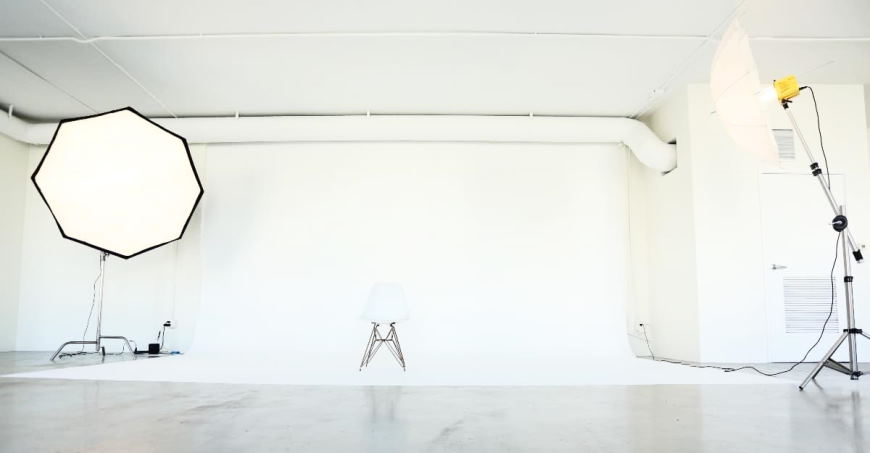Whether you’re an amateur photographer looking for tips on how to capture that perfect shot, or a professional in the industry searching for inspiration and ideas, understanding key design principles is essential for taking truly stunning photographs. Elegant composition and breathtaking views are only some of the things that create exceptional images; often it requires an additional level of finesse. From lighting techniques to color palettes, there’s no shortage of elements photographers can use to construct beautiful imagery. In this blog post, we’ll walk through several core design principles- such as symmetry & balance- and discuss ways they can contribute to creating dynamic photos. So grab your camera and get ready to learn all about the basics of photography!
How to use the principles of design in your photography
When using design principles to create impactful photographs, there are a few things to keep in mind. First, consider the use of lines, shapes and texture within the frame. Lines can draw attention to a certain area of your image or create an interesting visual pattern. Shapes can add additional interest, focus points and movement to your photograph. Finally, texture adds dimension and depth that can take your image from flat to vibrant.

Next think about balance and proportion; strive for an even distribution of elements so that no one element dominates the photo. This helps bring harmony and creates a more pleasing overall composition. Finally, consider how you want people’s eyes drawn through the photograph—what should they notice first, second and third?
Color is also a powerful design element that can be used to create an emotional response. Warm colors like red and orange usually evoke feelings of energy, excitement and warmth while cool colors like blues and greens create a calming effect. Think about the impact you want your photograph to have on the viewer when selecting the right color palette for your image.
Finally, contrast adds visual interest, making elements stand out in an image. By using light and dark values together, certain elements will be emphasized while others recede into the background creating depth and dimension within the frame.
By utilizing these design principles—lines, shape, texture, balance, proportion, color and contrast—you can create dynamic photographs with strong visual impact. Experiment with each one and see what kind of results you can come up with!

Design principles to help you create better photographs
- Pay Attention to Composition: The way you compose a photograph can greatly affect how it is received by your viewers. Consider the elements within the frame and how they interact with each other, look for interesting angles and perspectives, and be mindful of background distractions that take away from the impact of your image.
- Use Natural Light Whenever Possible: Natural light is often far more flattering than artificial lighting when it comes to photography. Try to work outdoors during hours when the sun is low in the sky or at golden hour for beautiful warm-toned photographs.
- Experiment With Shutter Speed: Different shutter speeds can create very different effects in a photograph – from freezing motion to blurring movement and creating dreamy effects. Have fun playing around with different speeds to find the right one for your image.
- Shoot in RAW: When working with digital files, it’s always best to shoot in RAW format rather than JPEG. RAW files contain more data which you can manipulate when editing, allowing for greater control over brightness, contrast, color balance and more.
- Use a Tripod: A tripod is essential for taking sharp photos that don’t appear blurry due to camera shake or movement from the photographer. It also helps when you are shooting at slow shutter speeds since it reduces any additional blur from camera movement.
- Tell a Story Through Your Images: Photography allows us to capture moments and tell stories. Think about the story you want to tell with your images and use elements such as light, color, and composition to bring it to life.
- Have Fun: Above all else, have fun while taking photographs! Experiment, explore, and don’t be afraid of making mistakes – they are often where great ideas come from! The more you practice, the better you will become. Enjoy the process of learning this creative art form!

